Introduction
The 2025 Los Angeles wildfires have once again highlighted the urgency of addressing climate change. These catastrophic fires disrupted daily life, destroyed infrastructure, and left many questioning how to build a more resilient future. As a devastating reminder of the consequences of environmental neglect, the wildfires also serve as an opportunity to explore solutions that can mitigate such disasters.
Electric bikes (eBikes) are one such solution. Beyond being a sustainable transportation choice, they play a vital role in emergency response and disaster recovery. In this article, we’ll explore how eBikes contribute to reducing carbon emissions, their utility during emergencies, and their potential to reshape urban transportation after disasters.
1. Environmental Perspective: eBikes Help Reduce Carbon Footprint and Mitigate Climate Crisis
The Link Between Climate Change and Wildfires
Climate change has intensified the frequency and severity of wildfires. For example, in recent years, the number of wildfire incidents in Los Angeles County has increased by over 20%, with fire seasons growing longer and more destructive. The severity of these events, measured by the acreage burned and damage caused, has also escalated, with the 2020 and 2025 fire seasons ranking among the most devastating in California's history. During the same period, Los Angeles has witnessed a steady increase in vehicle ownership, with the number of registered vehicles rising by nearly 15% since 2018. This surge has significantly contributed to greenhouse gas emissions, as transportation remains the largest source of pollution in the region. Traditional vehicles rely heavily on fossil fuels, creating a direct link between rising vehicle emissions and the intensification of the greenhouse effect, which exacerbates the conditions that lead to more frequent and severe wildfires.
The Environmental Advantages of eBikes
Electric bikes offer a low-carbon alternative to cars and other motorized transport. In the United States, total annual electricity generation is approximately 4,000 terawatt-hours, with sources including natural gas (about 38%), renewables (21%), coal (19%), and nuclear (20%). While electricity generation does produce greenhouse gases, the emissions per mile for an eBike are significantly lower than those from gasoline-powered vehicles. For example, producing electricity for an eBike typically emits around 4-6 grams of CO2 per mile, compared to approximately 404 grams per mile for a gasoline car. Here are a few key benefits:
- Energy Efficiency: eBikes consume minimal electricity, often costing less than $0.10 per charge, while reducing greenhouse gas emissions by over 90% compared to cars. Haoqi eBikes, equipped with large-capacity batteries and designed for long-range travel, further amplify these benefits, ensuring extended rides on a single charge while maintaining eco-friendly performance.
- Renewable Compatibility: Solar-powered charging stations can make eBike usage entirely carbon-neutral. In the United States, renewable energy accounts for approximately 21% of total electricity generation, including sources like wind, solar, and hydroelectric power. By utilizing this growing share of clean energy, eBikes further reduce their carbon footprint, offering a sustainable alternative to fossil-fuel-based transportation.
- Reduced Traffic Congestion: Encouraging eBike use can ease road congestion, indirectly reducing fuel wastage and emissions caused by idling vehicles. In cities like Los Angeles, traffic congestion is a significant issue, with commuters spending an average of 100 hours annually in gridlock. This contributes to an estimated 30 million metric tons of CO2 emissions each year. By replacing car trips with compact and efficient eBikes, such as those offered by Haoqi, urban areas can significantly decrease emissions and enhance mobility.
Call to Action
Transitioning to eBikes is not just a personal choice but a collective step toward combating climate change. Governments, businesses, and individuals must:
Support incentives for eBike purchases, such as subsidies and tax benefits.
Invest in infrastructure like bike lanes and solar-powered charging stations.
Educate communities about the environmental benefits of eBikes'
2. Emergency Tool: eBikes as a Vital Resource During Disasters
Transportation Challenges During Disasters
Natural disasters like wildfires often cause significant disruptions to transportation networks. Roads may become blocked by debris, traffic congestion worsens, and fuel supplies can be scarce. These challenges hinder evacuation efforts and delay the delivery of emergency supplies. Haoqi all-terrain eBikes, with their robust design and superior off-road capabilities, provide an effective solution. They can navigate mountain trails and uneven terrain with stability, ensuring uninterrupted mobility in even the most challenging conditions.
- eBikes in Emergency Scenarios Electric bikes have unique advantages in disaster situations.
- Quick Evacuation: eBikes allow individuals to escape dangerous areas quickly, bypassing roadblocks and heavy traffic.
- Short-Range Logistics: Rescue teams and volunteers can use eBikes to deliver essential items, such as medical supplies, food, and water, to affected areas. Haoqi Cargo Utility eBikes are specifically designed for such purposes, offering robust cargo capabilities and reliability even in challenging conditions.
- Sustainable Mobility: Equipped with solar charging kits, eBikes can function even in areas without electricity.
- Real-Life Applications In disaster-prone regions, eBikes have already proven their worth. For example, during previous wildfires in California, volunteers used bicycles to transport medicine and assist with community evacuations. Expanding this concept with eBikes could enhance the speed and efficiency of these efforts.
3. Alternative Transportation: Lessons for Urban Mobility Post-Wildfires
Post-Disaster Transportation Challenges
In 2025, when the Los Angeles wildfires raged and finally subsided, the real struggle became glaringly evident. The local infrastructure was decimated; countless bridges that spanned vital arteries were severely weakened, their structural integrity compromised, and roads were not only cracked open but also choked with debris from fallen trees, burnt-out vehicles, and collapsed buildings. With supply lines severed, fuel became an extremely scarce commodity, leading to long queues and rationing at the few operational gas stations.
The public transit systems, which were the lifeblood of the city's mobility, ground to a halt. Buses, many of which were caught in the inferno or damaged by falling debris, were left inoperable. Train tracks, warped by the intense heat, made it impossible for trains to run. This paralysis left residents stranded in their neighborhoods, unable to access essential services, and emergency responders found it an uphill battle to reach those in desperate need. The narrow, winding roads leading up to the hillside communities, which were often the hardest hit, were blocked, making it extremely difficult for ambulances and fire trucks to navigate. The lack of mobility didn't just impede the delivery of food, water, and medical supplies but also significantly slowed down the rebuilding efforts, adding to the overall distress and desperation of the affected population.
eBikes as a Practical Solution
Accessibility: eBikes offer an accessible alternative. They are relatively inexpensive compared to cars or even motorcycles, making them affordable for a wide range of people. Their simplicity means that almost anyone can hop on and start pedaling, with the added electric boost making uphill climbs and long distances more manageable. And with minimal mechanical parts compared to combustion engines, maintenance is a breeze, crucial when resources are stretched thin after a disaster.
Flexibility: Narrow, debris-laden streets that are impassable to larger vehicles pose no problem for eBikes. They can weave through tight spaces, take shortcuts through alleys and side paths that have escaped the worst of the damage. This ability to bypass clogged main roads ensures that people can still get around, whether it's to reach a medical facility, pick up food, or check on neighbors.
Scalability: Shared eBike systems can be rapidly deployed. In a matter of days, companies can drop off fleets of eBikes at strategic locations across the city. With a simple app-based rental system, residents can access them easily, providing on-demand transportation for short trips, reducing the need for everyone to rely on scarce private vehicles or non-existent public transport.
Success Stories
Cities like Amsterdam and Copenhagen, which have embraced cycling culture, have demonstrated how integrating eBikes into urban planning can reduce reliance on cars and create greener, more adaptable communities. Los Angeles and other wildfire-prone areas can draw inspiration from these examples.
Conclusion: The Future of eBikes Lies in Their Versatility
The 2025 Los Angeles wildfires underline the need for innovative solutions to tackle climate change and build resilient communities. eBikes stand out as a versatile tool that addresses both environmental and emergency challenges. Their ability to reduce carbon emissions, provide mobility during disasters, and serve as a practical alternative to cars makes them indispensable for a sustainable future.
As individuals, businesses, and governments, we all have a role to play. By choosing eBikes and supporting the infrastructure needed for their adoption, we can take a significant step toward combating climate change and preparing for the challenges of tomorrow. Let’s pedal toward a greener, safer future—together.
ty: Shared eBike systems can be rapidly deployed. In a matter of days, companies can drop off fleets of eBikes at strategic locations across the city. With a simple app-based rental system, residents can access them easily, providing on-demand transportation for short trips, reducing the need for everyone to rely on scarce private vehicles or non-existent public transport.
Success Stories
Cities like Amsterdam and Copenhagen, which have embraced cycling culture, have demonstrated how integrating eBikes into urban planning can reduce reliance on cars and create greener, more adaptable communities. Los Angeles and other wildfire-prone areas can draw inspiration from these examples.
Conclusion: The Future of eBikes Lies in Their Versatility
The 2025 Los Angeles wildfires underline the need for innovative solutions to tackle climate change and build resilient communities. eBikes stand out as a versatile tool that addresses both environmental and emergency challenges. Their ability to reduce carbon emissions, provide mobility during disasters, and serve as a practical alternative to cars makes them indispensable for a sustainable future.
As individuals, businesses, and governments, we all have a role to play. By choosing eBikes and supporting the infrastructure needed for their adoption, we can take a significant step toward combating climate change and preparing for the challenges of tomorrow. Let’s pedal toward a greener, safer future—together.


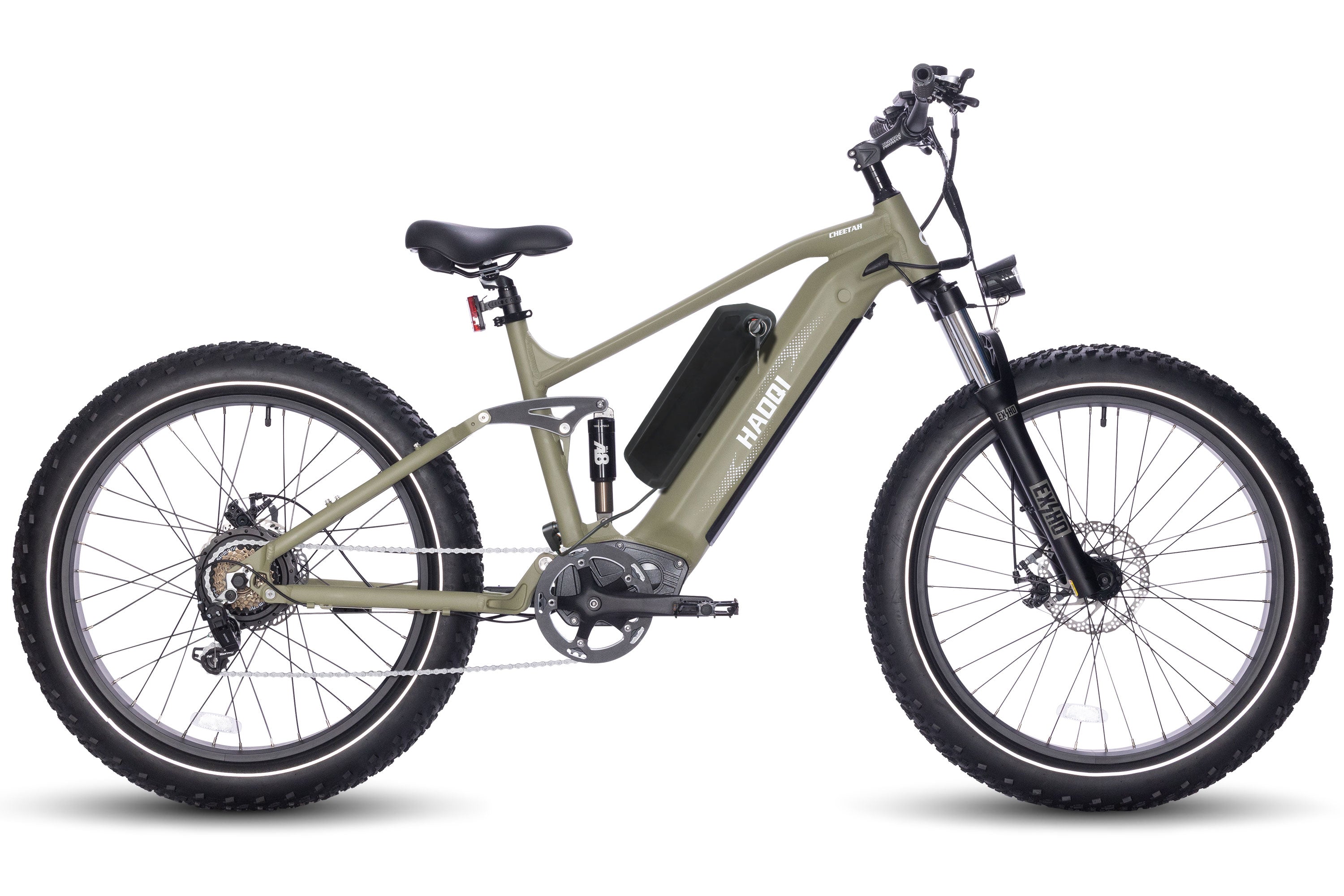

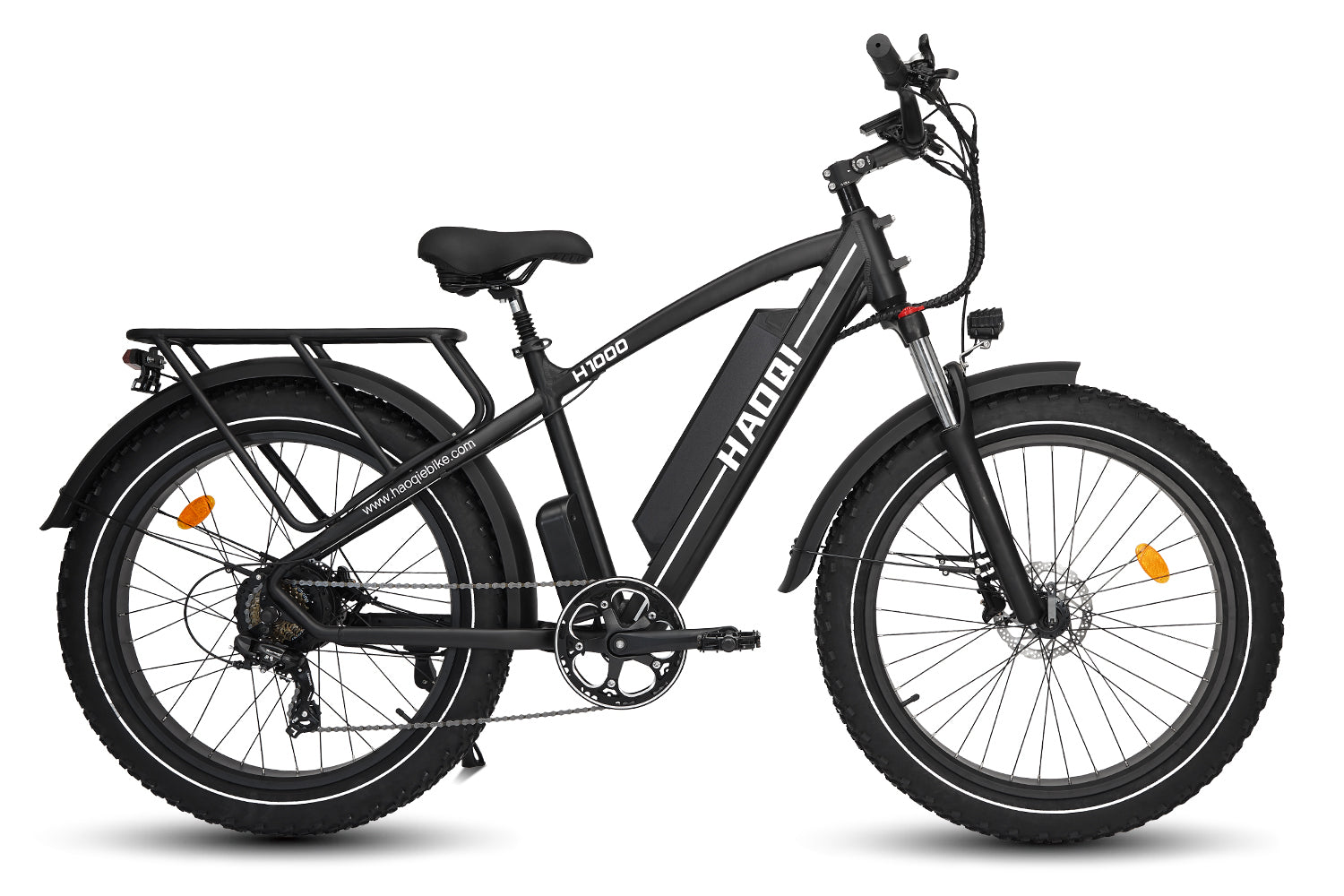
![HAOQI Antelope 500W Cargo Electric Bike (UL Certified) [electric bike] [HAOQI ebike]](http://haoqiebike.com/cdn/shop/products/haoqi-antelope-cargo-electric-bike-with-dual-battery-haoqiebike-com-1.jpg?v=1753954498&width=1500)
![HAOQI Squirrel Folding Electric Bike (UL Certified) [electric bike] [HAOQI ebike]](http://haoqiebike.com/cdn/shop/files/1_03c67b67-715e-4617-a648-51f108ceb425.jpg?v=1766473332&width=1500)
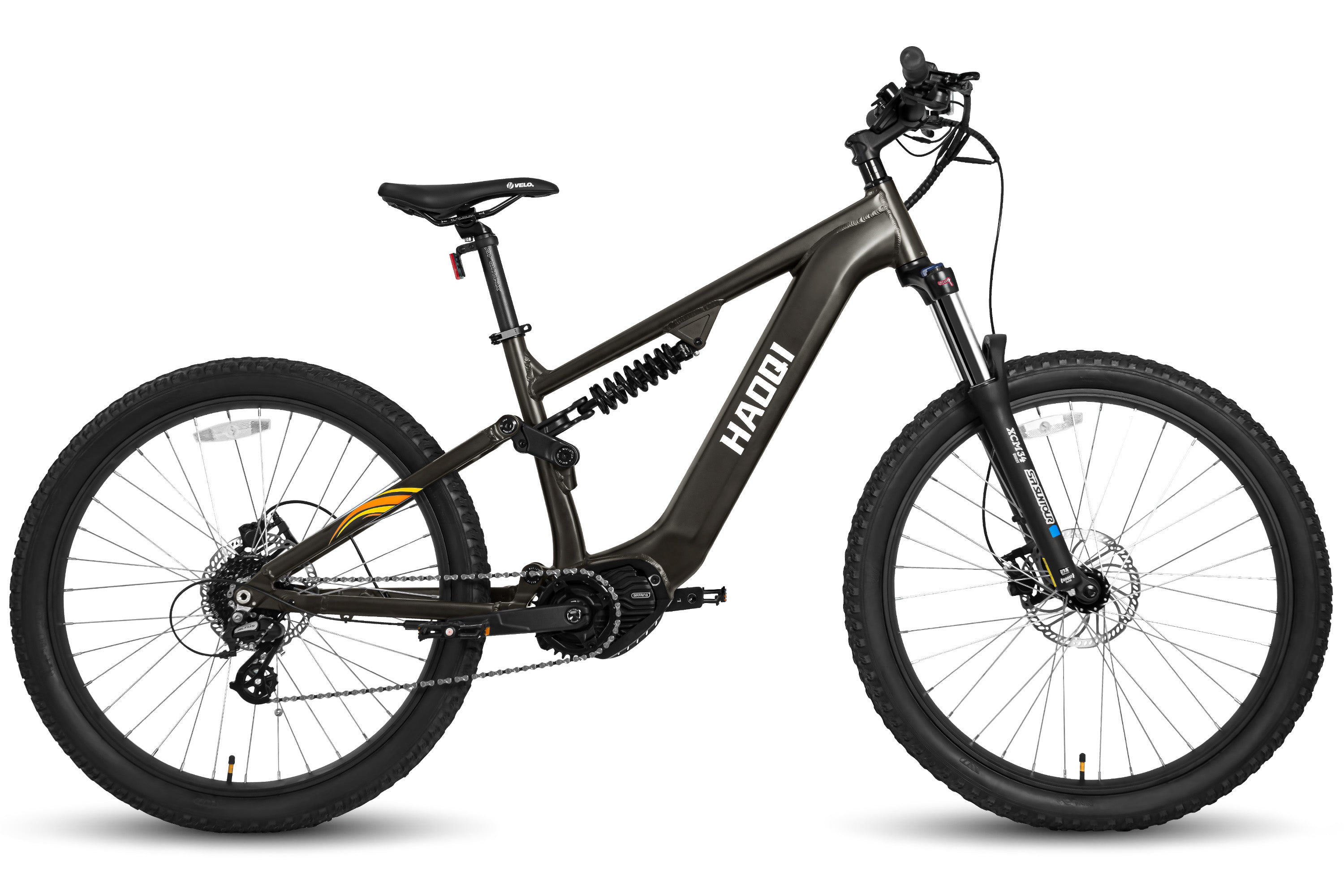
![HAOQI Eagle Long Range Electric Bicycle (UL Certified) [electric bike] [HAOQI ebike]](http://haoqiebike.com/cdn/shop/files/2_bf7ae46b-aad6-472a-9c14-d56ca3f0feb6.jpg?v=1755142722&width=1500)
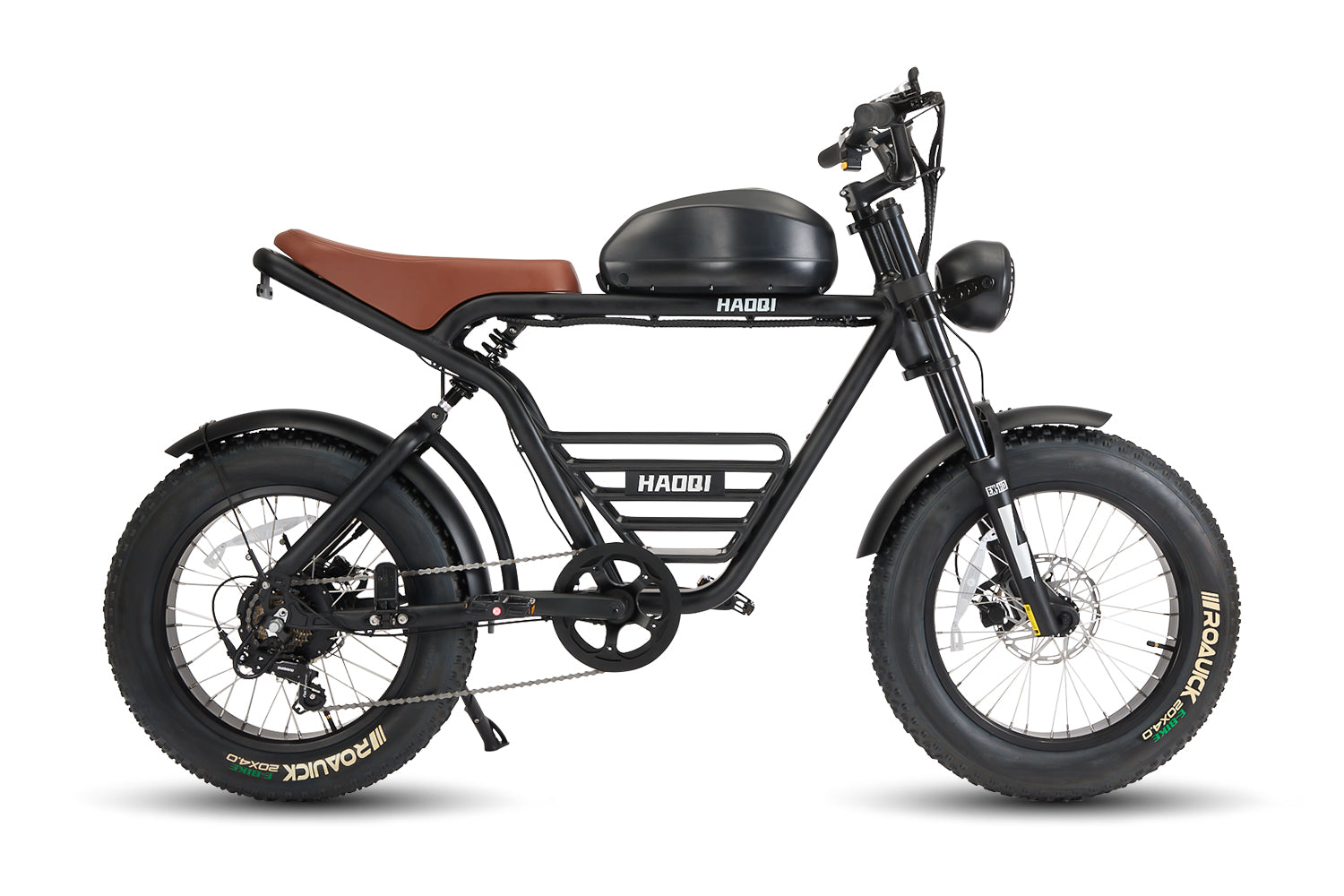
![HAOQI Antelope Pro 750W Cargo Electric Bike (UL Certified) [electric bike] [HAOQI ebike]](http://haoqiebike.com/cdn/shop/products/haoqi-antelope-pro-cargo-electric-bike-with-dual-battery-750w-haoqiebike-com-1.jpg?v=1751610204&width=1500)



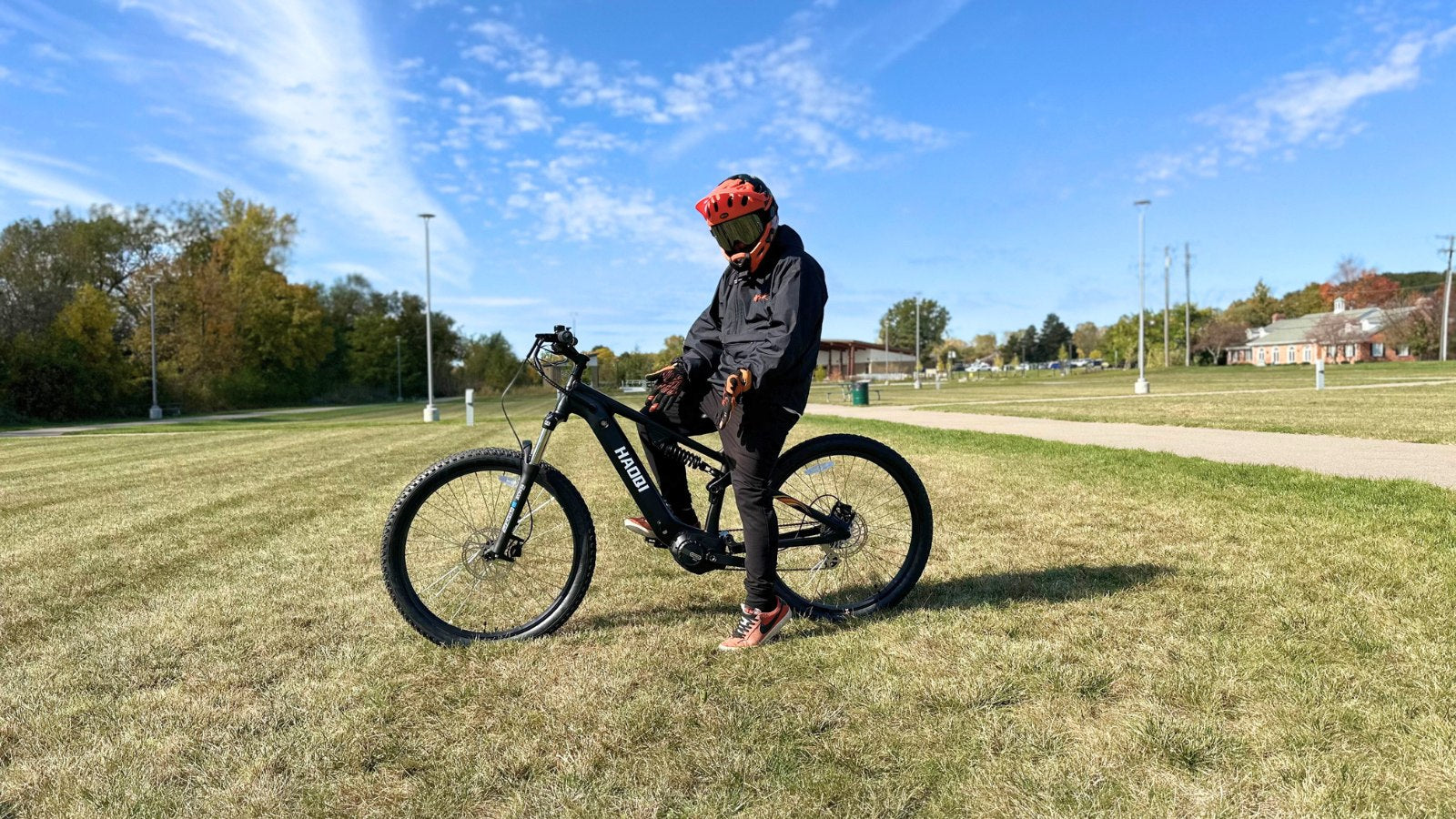
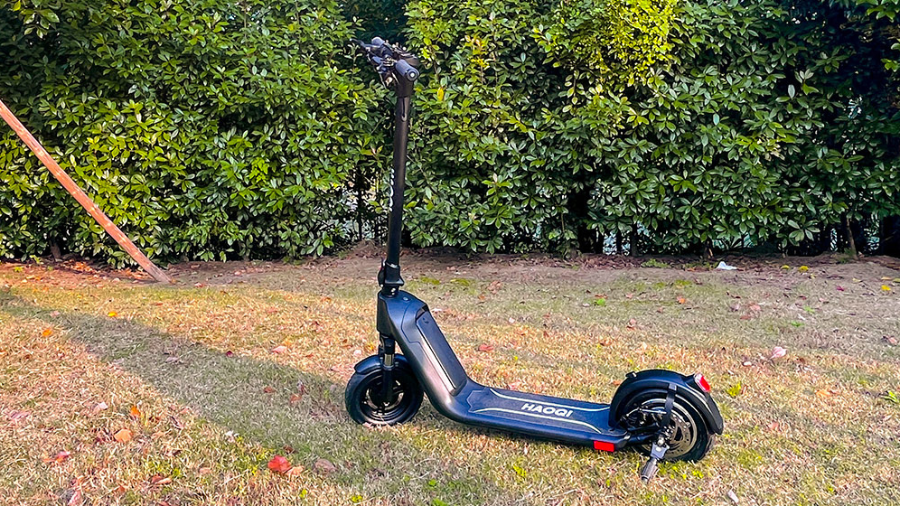




Leave a comment
All comments are moderated before being published.
This site is protected by hCaptcha and the hCaptcha Privacy Policy and Terms of Service apply.